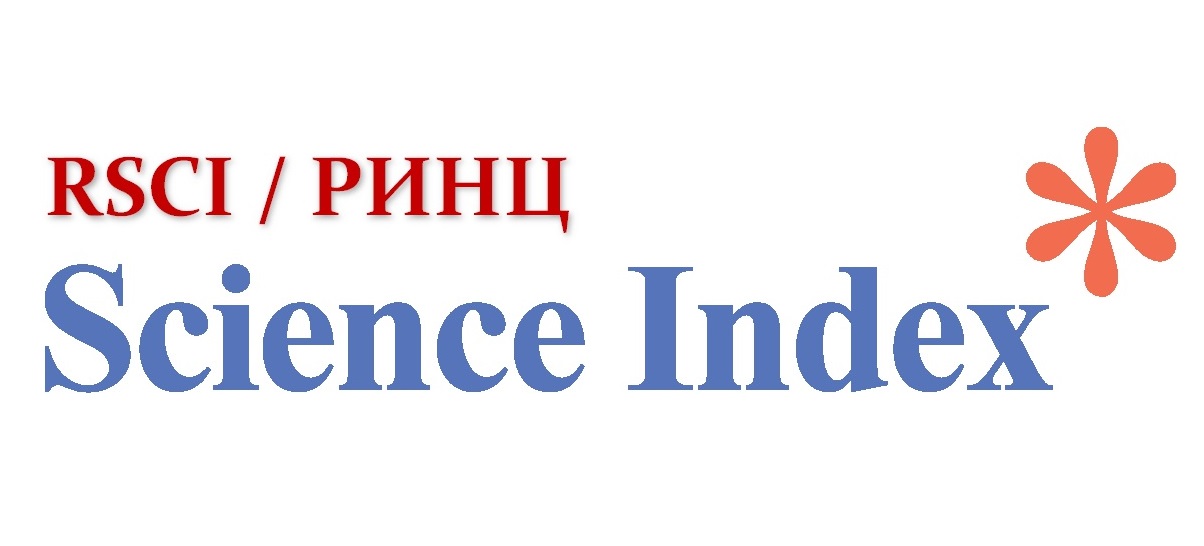Cluster analysis of the demographic characteristics of Kazakhstan’s regions and their relationship with income distribution
Views: 137 / PDF downloads: 91
DOI:
https://doi.org/10.32523/2789-4320-2025-3-83-100Keywords:
demographic structure, cluster analysis, Kazakhstan’s regions, income distribution, spatial inequality, migration, regional policyAbstract
Demographic shifts are playing an increasingly significant role in shaping the socio-economic development and stability of regional systems. This study examines the relationship between demographic characteristics and income distribution across Kazakhstan’s regions in the context of widening spatial disparities. The objective is to assess how demographic factors contribute to regional differences in household income and to justify their inclusion in the formulation of socio-economic policy. The proposed methodological framework combines data normalization techniques with cluster analysis, allowing the identification of three distinct groups of regions with similar demographic profiles. For each cluster, average values of gross regional product per capita and the Gini coefficient were calculated, enabling a comprehensive assessment of the links between demographic structure and economic performance. The scientific contribution of the study lies in integrating demographic and economic analyses to reveal spatial patterns in resource allocation. The findings have practical significance for developing region-specific strategies aimed at reducing socio-economic inequalities and enhancing the effectiveness of redistribution mechanisms.
Downloads
Downloads
Published
How to Cite
Issue
Section
License
Copyright (c) 2025 А. Панзабекова, А. Сатыбалдин, А. Жанбозова

This work is licensed under a Creative Commons Attribution-NonCommercial 4.0 International License.






